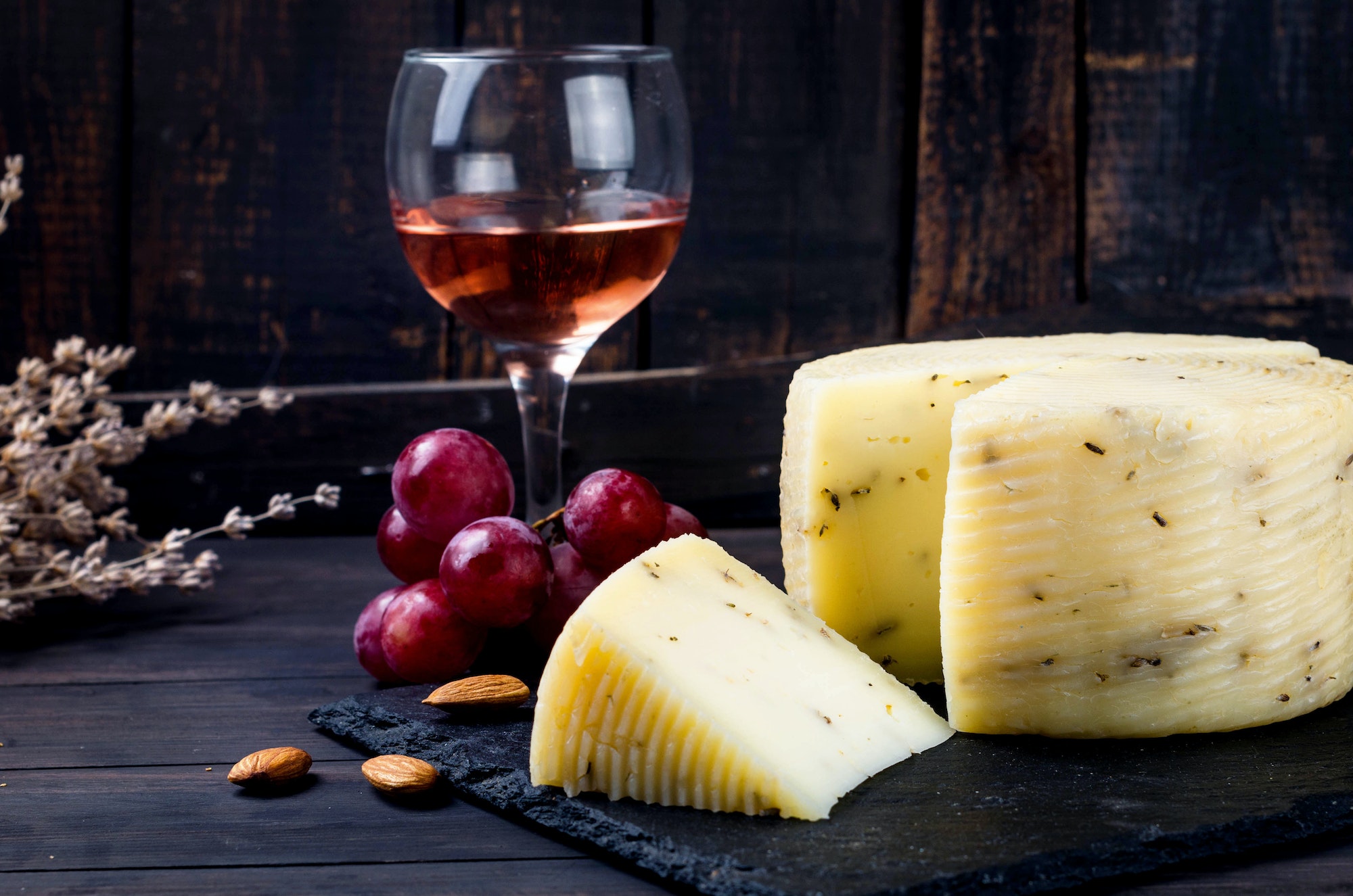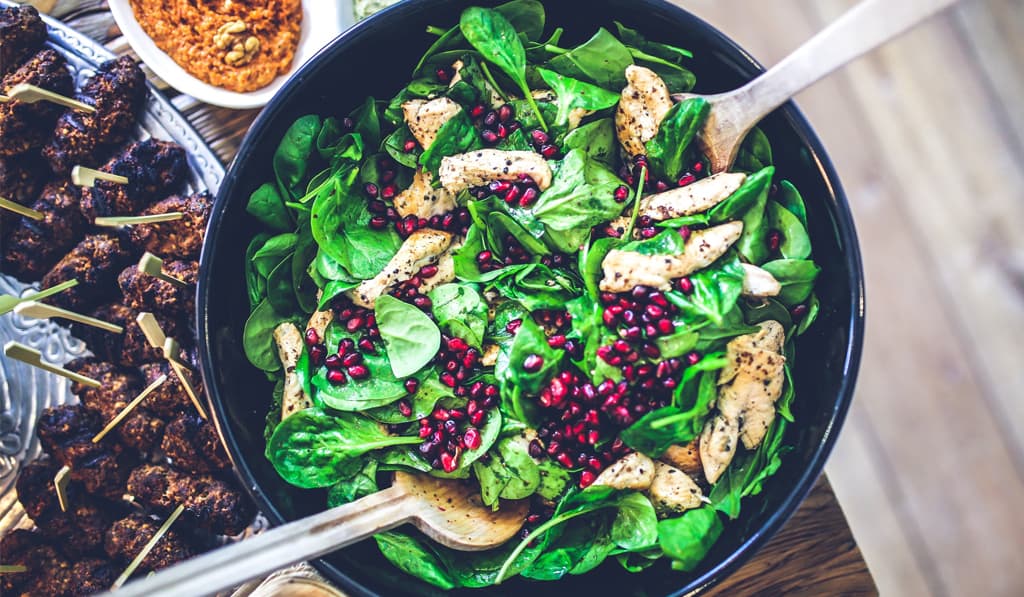A Beginner’s Guide to Wine Pairings: How to Match Wine with Food


Wine has been a popular beverage for centuries, and for good reason. Not only is wine delicious on its own, but it can also enhance the flavors of your food when paired correctly. However, for beginners, pairing wine with food can seem like an intimidating task. In this guide, we’ll show you how to pair wine with food like a pro.
Understanding Wine and Food Pairings
When it comes to pairing wine with food, there are a few basic principles to keep in mind:
- Match the intensity of the wine with the intensity of the food. A bold, full-bodied wine should be paired with a dish that has bold flavors, such as grilled meats or spicy dishes. A light-bodied wine, on the other hand, pairs well with lighter dishes such as fish or salads.
- Consider the acidity of the wine. High-acid wines, such as Sauvignon Blanc or Pinot Noir, pair well with foods that are also high in acidity, such as citrus or tomato-based dishes.
- Look for complementary flavors. For example, a fruity red wine pairs well with dishes that have fruity or sweet flavors, such as barbecue or chocolate desserts.
- Consider the tannins in the wine. Tannins are compounds found in the skins, seeds, and stems of grapes that can make wine taste bitter. Foods that are high in fat, such as steak or cheese, can help to balance out the bitterness of tannins.
Pairing Wine with Food
Now that you understand the basic principles of wine and food pairings, here are some classic pairings to get you started:
- Cabernet Sauvignon with steak or other grilled meats
- Chardonnay with buttery seafood dishes or creamy pasta sauces
- Pinot Noir with salmon or other fatty fish
- Sauvignon Blanc with citrus-based dishes or salads
- Merlot with tomato-based pasta dishes or pizza
- Riesling with spicy Asian dishes or Thai cuisine
- Zinfandel with barbecue or other smoky dishes
- Syrah with lamb or other game meats
Experimenting with Wine Pairings
Pairing wine with food is an art, and everyone’s tastes are different. The best way to find the perfect pairing is to experiment with different combinations and find what works best for you. Start by selecting a wine that you enjoy and think would pair well with a certain dish, and then taste them together to see how they complement each other.
In conclusion, wine and food pairings can seem overwhelming at first, but with a little knowledge and experimentation, you can become a pro in no time. Remember to consider the intensity, acidity, and complementary flavors of both the wine and the food, and don’t be afraid to try new combinations. Cheers to delicious wine and food pairings!

